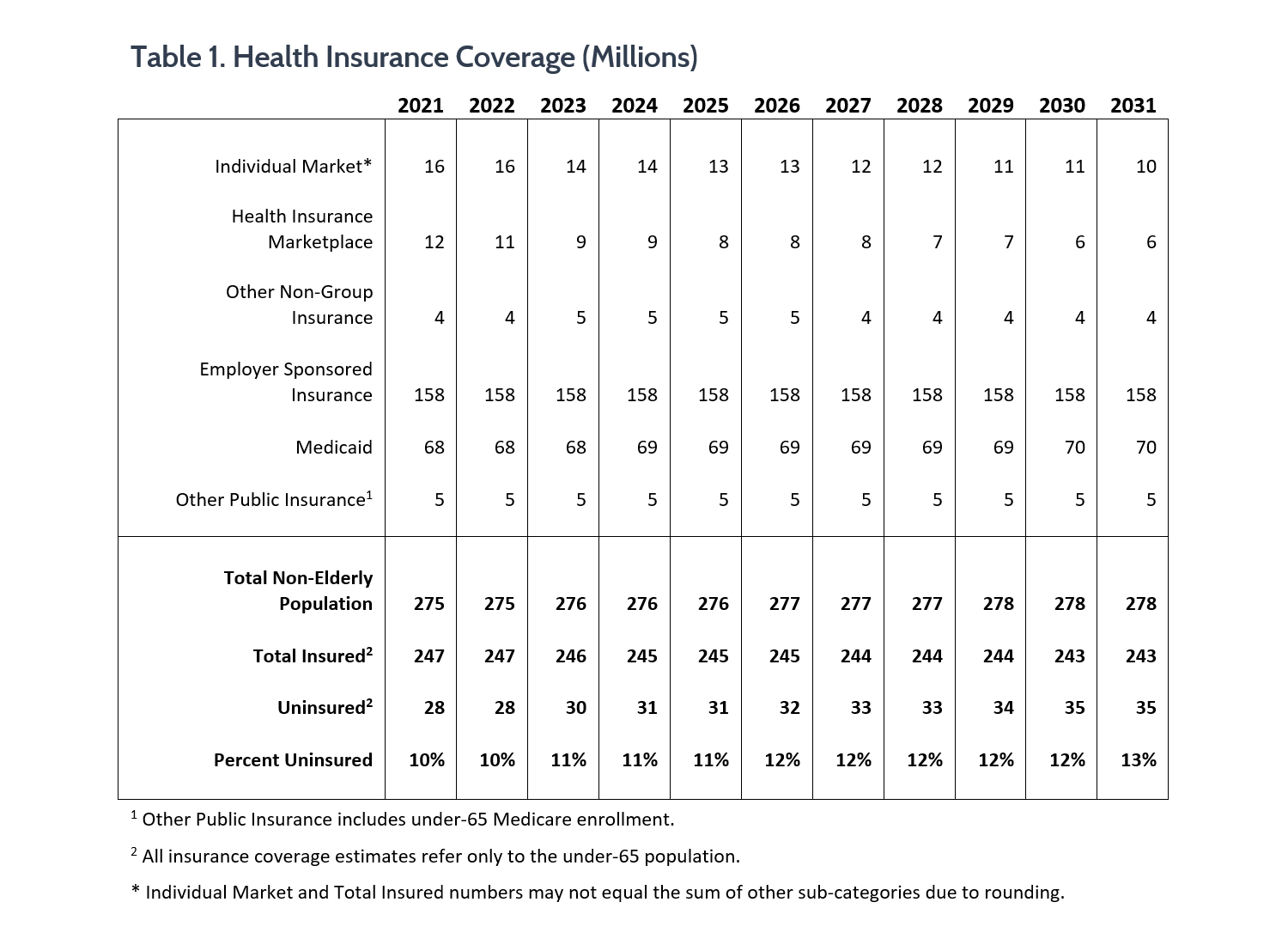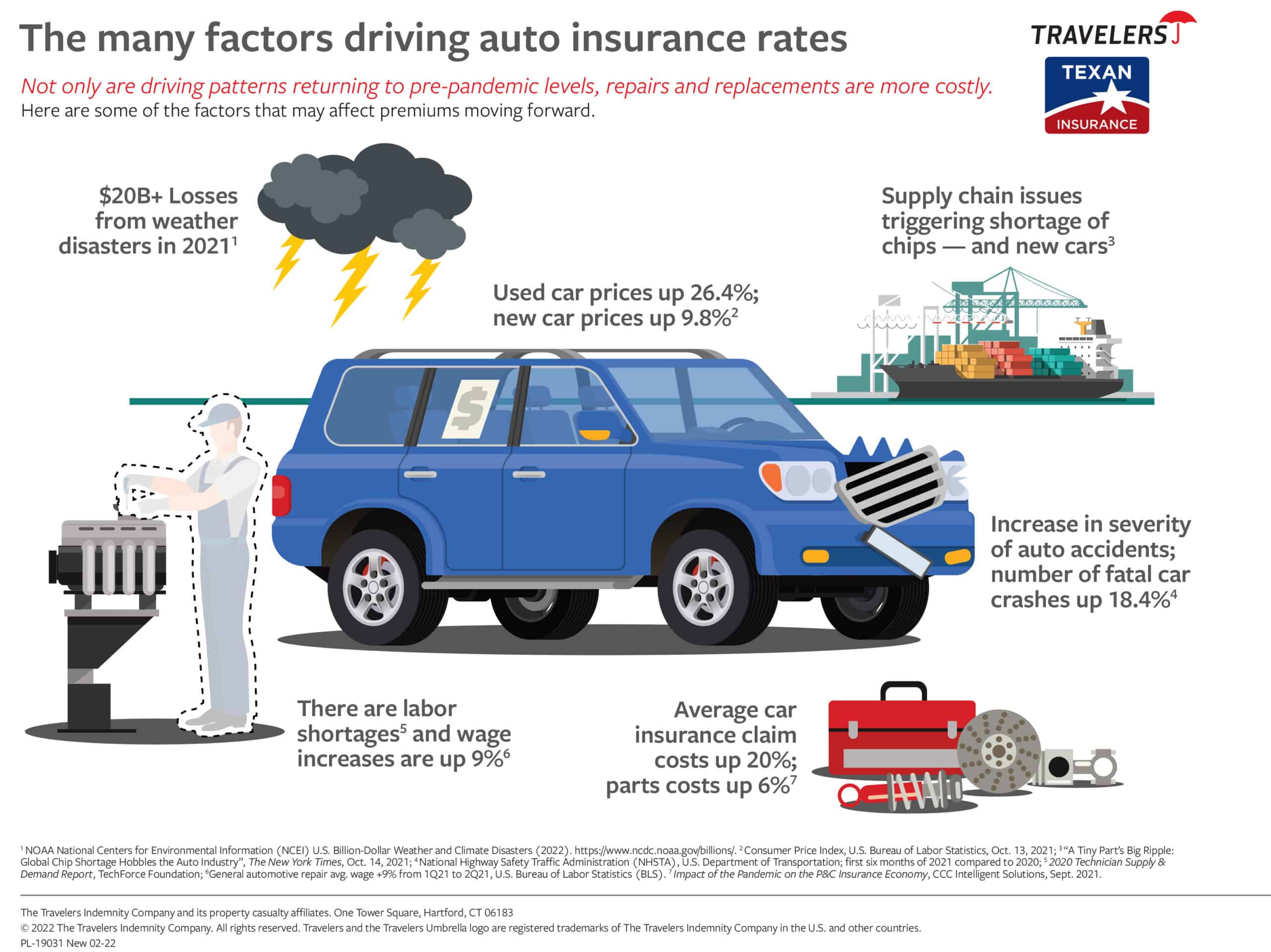
Compare the available options before you decide to purchase pet insurance. Below is a table that will help you get an idea of the offerings from each company. Be sure to pay close attention to rates, deductibles, waiting periods, and coverage options. This will allow you to find the best insurance for your cat or dog.
Rates
The cost of pet insurance depends on your pet's age and how much coverage you need. Because older pets are more likely to be injured or sick, some providers charge higher rates. Pre-existing conditions may not be covered by some policies, and older pets may be rejected entirely. It is best to ask your insurance company for discounts and benefits before purchasing a policy. A multi-pet discount is also possible.
Many studies have been published to compare rates of pet insurance policies. One study showed that cats are more expensive than dogs. One study showed that cats are less likely to visit the veterinarian than dogs and thus, are more affordable. There are many other factors that you should consider when comparing rates.
Coverage options
When comparing pet insurance coverage options, keep in mind that not all plans are created equal. Some companies offer comprehensive coverage for all medical costs, while others offer limited coverage for only a few specific health conditions. Many companies have a deductible that requires you to pay a specific amount up front. You can choose from a range of deductibles that range from $100 up to $500. This is important information to help you decide which one is right for you and your pet.

You should also compare the costs of veterinary care and the number of veterinarian visits that are covered. Policies that only cover accidents are more affordable than policies that cover all diseases. The other option is to purchase an accident-and illness plan. These plans are more comprehensive and can cover most of the procedures and visits to the vet.
Deductibles
When looking for pet insurance, the deductible is something you should consider. Different companies have different deductible amounts. Some companies offer a $0 or $1000 deductible. Choosing the right amount depends on your budget and the age of your pet.
There are two options: an annual deductible and a per-condition one. The first is more manageable and suits most pet owners. The latter requires that expenses are tracked by date and condition. This means that the deductible for new medical conditions will differ from one to another. It could take longer for your insurance provider to reimburse you.
Waiting periods
When choosing a pet insurance policy, it is important to consider waiting periods. These are required by the insurer to verify that your pet's health is good enough to be covered. The most common waiting period for policies is 30 days. However, this can vary. Some insurers may have shorter waiting periods, while others may require a longer one. Trupanion, for example, has a 30-day waiting time for coverage in the event of illness.
There are many conditions that can be excluded from pet insurance coverage, and the waiting periods for coverage are different. Some policies, for example, have a waiting time for certain diseases such as cruciate ligament injury. For example, dogs suffering from hip dysplasia will likely have a longer waiting list than dogs with cruciate or other injuries.

Reimbursement percentage
The reimbursement percentage for pet insurance policies can impact the total cost. Some companies have higher reimbursement percentages than others. An 80% reimbursement percentage means that your insurance will cover 80% of any covered expenses. This means that you will only be responsible to $200 for your dog's injuries. If your dog is suffering from a chronic condition, such as diabetes, it's likely that you will have to cover a larger portion of the bill.
The reimbursement percentages for pet insurance policies range from 80% to 90%. However, you should understand that higher reimbursement percentages mean a more expensive plan. Every time you submit claims, you will need to pay adeductible. The most popular deductible amounts are $100 to $200 and $500 to $500.